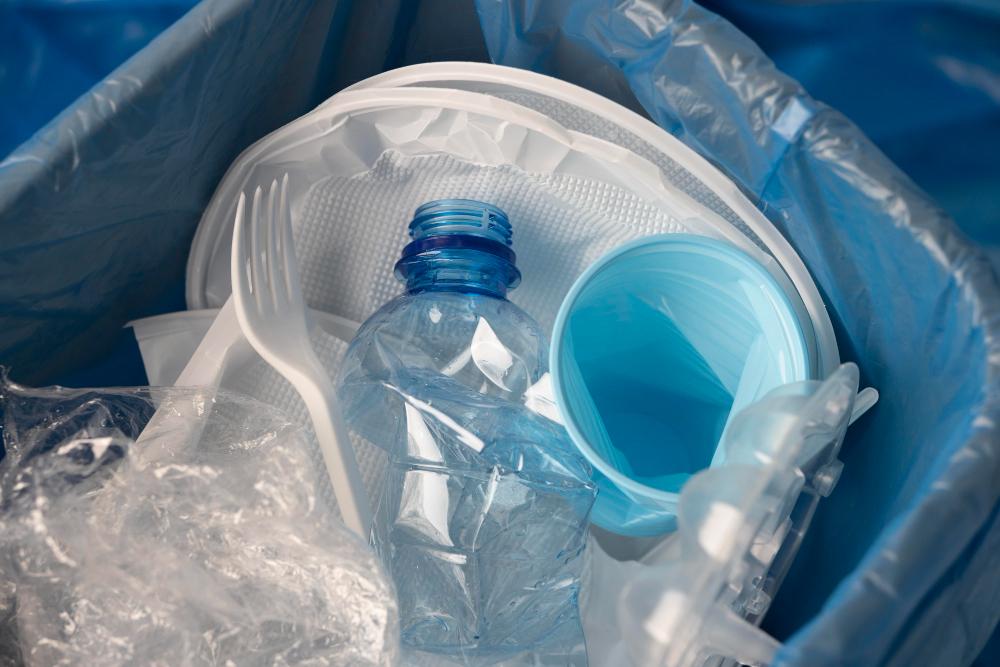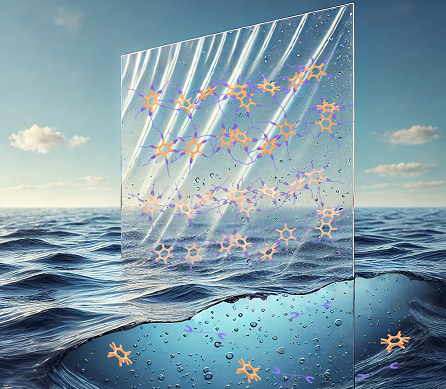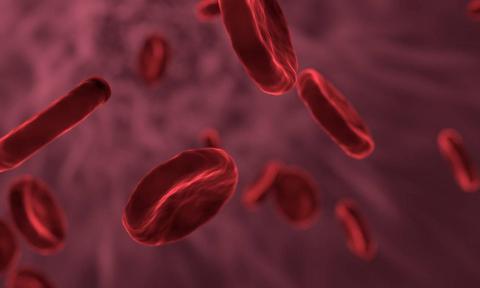Higher concentrations of microplastics found in human brains than in liver or kidney
A multidisciplinary team of US researchers has analyzed the presence of micro- and nanoplastics in 52 human cadavers between 2016 and 2024. The concentrations of these particles were higher in the brain than in the liver or kidneys. They were also higher in the brains of people with dementia, although the researchers acknowledge that causality cannot be established. The results are published in the journal Nature Medicine.

Ethel - Cerebro (EN)
Ethel Eljarrat
Director of the Institute of Environmental Assessment and Water Studies (IDAEA-CSIC)
The study published in the journal Nature Medicine evaluates the presence of micro (MPs) and nanoplastics (NPs) in human brains. This is further evidence of human exposure to these pollutants, with the relevance that MPs and NPs may be able to reach our brains.
Although scientific evidence is still lacking to determine the impact of this exposure, the study shows higher concentration levels of PMs and NPs in the brains of individuals diagnosed with dementia. The authors point out that, for now, the results only identify an association, but we cannot establish a causal relationship. Thus, a larger number of studies encompassing a larger number of samples also from different geographical areas is required.
We should not forget to focus future studies on the possible effects that may be caused by chemical additives associated with these PMs and NPs. Based on the results of previous studies by our research group, we know that several of the chemical additives used, such as flame retardants or plasticizers, are able to cross the hematoencephalic membrane and reach the brain. And several of these compounds are known to produce neurotoxic effects, so it is necessary not to limit future research only to the possible physical effects that may be caused by the presence of MPS and NPs in the brain, but also to focus on the chemical effects of the additives on the brain.
The study also reflects temporal trends, showing that levels of PM and NPs in human samples increase exponentially over time. This is not surprising, as global plastic production data is also growing year by year, leading to an increase in plastic pollution of our ecosystems and, consequently, an increase in human exposure to PMs and NPs. Data such as those presented here highlight the need to urgently reach international agreements to put a cap on plastic production.
Nihart et al.
- Research article
- Peer reviewed
- Observational study
- People



